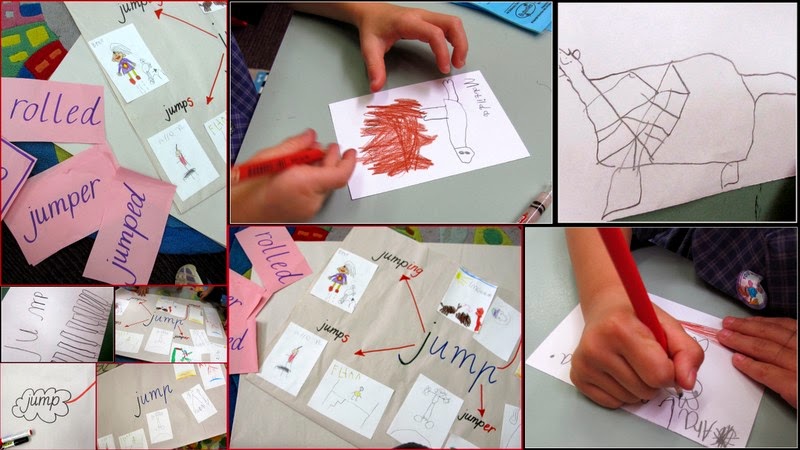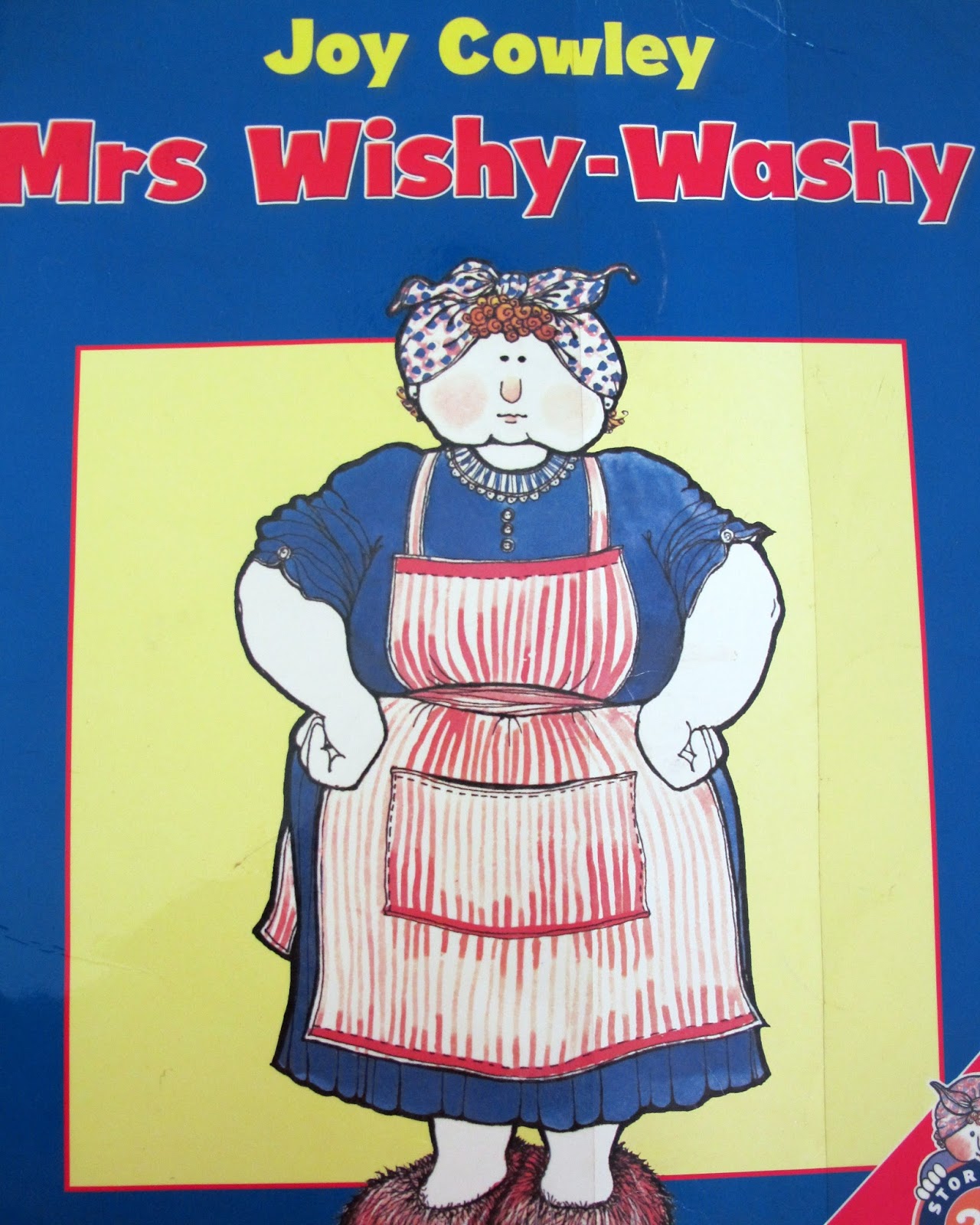Teaching Orthography in the Early Years: word webs for young children
The primary function of English spelling is to represent MEANING.
Implementing orthography,
through scientific inquiry, in the early years.
through scientific inquiry, in the early years.
As I continue on my learning journey, and work with young children in a variety of learning settings, it is consistently validated that teaching morphology to the youngest is not only essential but critical to their success as proficient language users.
As we know and understand from research, morphology is the building block, the solid foundation, for understanding how the English spelling system works. It provides a meaningful structure for teaching and learning phonology in an effective and authentic way.
In this post, I would like to share a wonderful learning story of a group of young children who are currently embarking on a journey of orthographic understanding.
This structured word inquiry was explicitly embedded in an authentic literacy learning experience, integrating all forms of language.
Throughout the learning experience the children clearly demonstrated their deep understanding of how words are connected in meaning and structure.
We started this particular learning journey by rereading a well loved story, Mrs Wishy Washy by Joy Cowley.The children were delighted to read the story to me, which they did with great enthusiasm and understanding.They clearly viewed themselves as proficient readers, by explaining and discussing the underlying ideas and meaning of the story.
I shared my favourite part of the story, by writing a sentence to demonstrate and model my thought processes, emphasising the word <jumped>. Hence, the starter base for this investigation is <jump>.
I shared my favourite part of the story, by writing a sentence to demonstrate and model my thought processes, emphasising the word <jumped>. Hence, the starter base for this investigation is <jump>.
The cow jumped in the mud.
I have also observed a teacher of another prep class require the children to draw their thinking about the starter base before embarking on the word family activity. A very valuable, authentic assessment of children's understanding and learning!
Concept attainment:
Concept attainment:
We then dived into the 'bag of words' and pulled out the word <jumped>, written on a large chart.
jumped
"Jumped," shouted the children with glee.
By ensuring the children had meaningfully encountered this word in a reading and writing context all the children were able to make true sense of the word.
I modelled how to announce the spelling of <j-u-m-p-ed> by spelling aloud the single letter graphemes and the suffix. This word was placed inside a hoop. The children orally shared their understanding of the meaning of the word through their own life experiences.
The bag of words also contained <jumped> <jumping> <jumper> <jumps> as well as two others <rolled> and <paddled>.
We then proceeded to pull out further words making decisions together if the word belonged inside the hoop or outside the hoop. Each time we viewed a word I announced the morphemes and graphemes.
In pairs, the children discussed the words inside the hoop and then shared their hypotheses of why <jumped> <jumping> <jumps> and <jumper> belonged to the same morphological word family but <rolled> and <paddled> did not. The children did this with exceptional focus and interest.
The children recorded their thinking by illustrating the meaning of the words in the hoop. As the children were writing their chosen word, this created further opportunities to model the spelling out strategy.
After recording their thinking the children created a word web to record how the words are linked in meaning and structure.

Again I announced the morphemes and graphemes, reinforcing new terminology and concepts. The children decided they needed to construct additional word webs for <rolled> and <paddled> and I have no doubt that they could accomplish this effectively through a similar inquiry investigation.
Every time I share this activity with children it confirms, consolidates and ratifies the utmost importance of implementing morphology in the early years. Right from the very beginning young children need to fully understand that the primary function of English spelling is meaning.
Now, let's think about the phonological connections
that are explicitly embedded in this activity.
During this particular SWI lesson the children are consistently revisiting and consolidating the names of 4 alphabet letters
<j> <u> <m> and <p>
They are implicitly introduced to four single letter graphemes
and the phonemes these graphemes are representing in the base word <jump>
<j-u-m-p>
/dʒ/ /u/ /m/ /p/
In the following weeks you could choose another starter base, like <play> and highlight the circumstances of the single letter grapheme <p> in this base word and compare it to the circumstance of the single letter grapheme <p> in <jump>.
The children can investigate and discuss if <p> represents the same or a different phoneme when the <p> is in the initial and final positions of these two base words.
The children can investigate and discuss if <p> represents the same or a different phoneme when the <p> is in the initial and final positions of these two base words.
<play> presents a meaningful introduction to the digraph <ay>, a team of letters working together to represent the phoneme long /a/, in the final position.
Additionally, this would naturally lead into an introduction of the six vowel letters, and an investigation, of the importance of these letters in understanding the spelling of a base. Please refer to the blog post The Power of Kinaesthetic Learning for further information regarding the teaching of vowels.
In just one lesson the children have been meaningfully introduced to a variety of important morphological and phonological
concepts and terminology.











Comments
Post a Comment